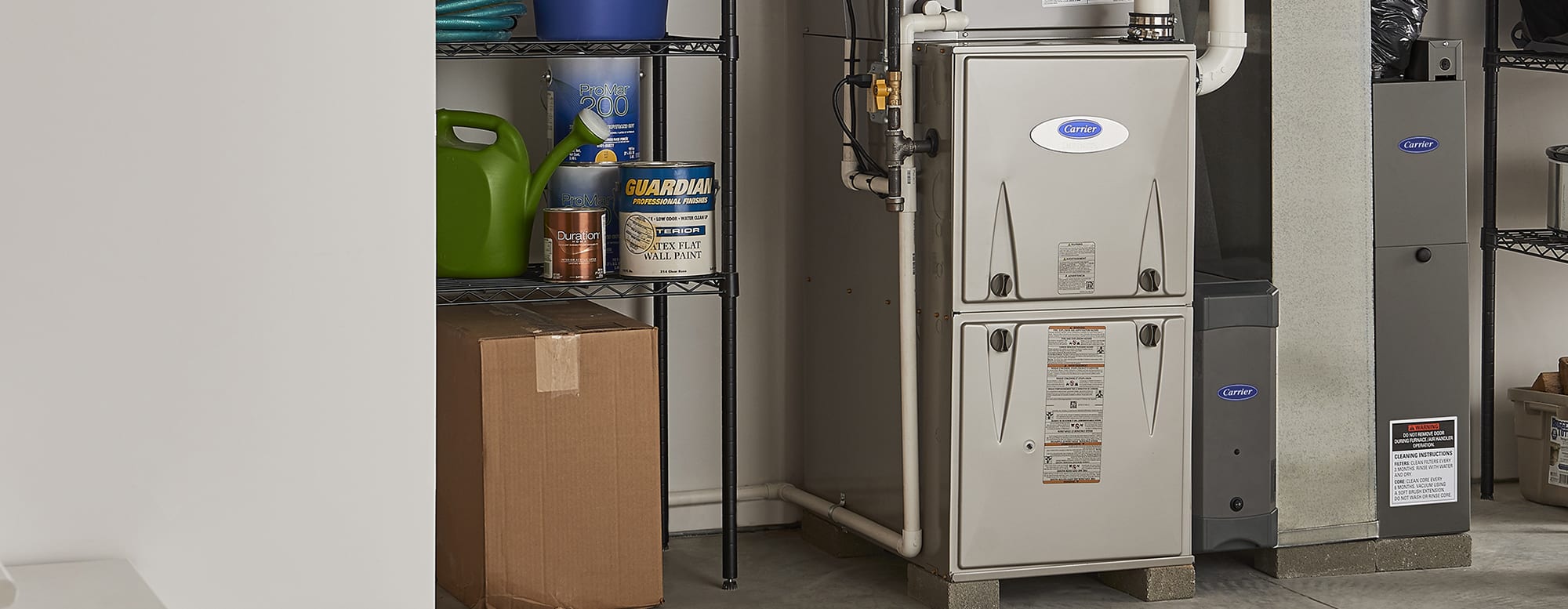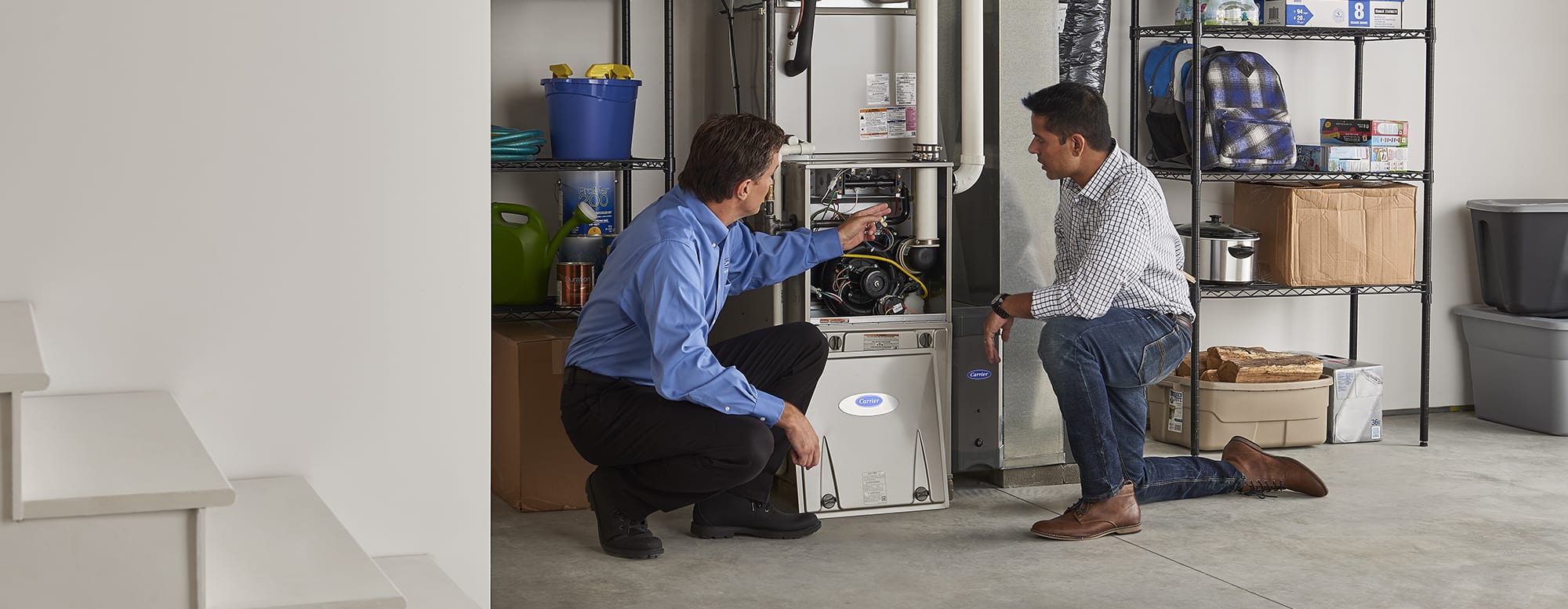Furnace Buyers Guide | 10 Things to Consider When Buying a New Furnace

During the wintertime, your furnace is the unsung hero of your home. After all, there’s nothing quite as comforting as the feel of warm, heated air on a cold, blustery day. And while you may be comfortable with the health of your current heating system, there will be a day when buying a furnace lands squarely at the top of your to-do list. Whether it’s due to rising energy bills, lackluster performance, frequently required service, or it quits working altogether, that day will arrive. And when it does, you might need a little help navigating the many options available for keeping your home comfortable. There are plenty of choices out there, including a full line of furnaces from the experts at Carrier.
This furnace buyer’s guide will provide some insight on the types of furnaces available, ten questions you should ask when buying a new furnace, and some insight in locating a qualified furnace dealer for furnace installation and maintenance.

Questions to Ask Before Buying a New Furnace
Buying a new furnace can be a big commitment. And making the right choice can affect your comfort for years. That’s why it’s important to ask the right questions before making your decision. Understanding the types of furnaces available; the pros and cons of repairing versus full replacement; purchase and installation costs; and, ongoing maintenance needs will help you make the best decision for your family. Here are ten questions to consider when buying a furnace, and some insight that will help guide your decision making.
Explore Carrier Furnaces
ENERGY STAR® certified. Up to 97.0% AFUE for premium energy savings with enhanced comfort features.
ENERGY STAR® certified. Up to 97.0% AFUE for premium energy savings with enhanced comfort features.
All sizes ENERGY STAR® certified. Up to 97% AFUE for premium energy savings with standard comfort features.
Learn More About New Furnaces
- Read more about comparing types of furnaces
- Discover the factors in new furnace cost
- Furnace troubleshooting tips
- Learn about cleaning a furnace
- Learn about electric furnaces
- Learn about benefits of HVAC financing




